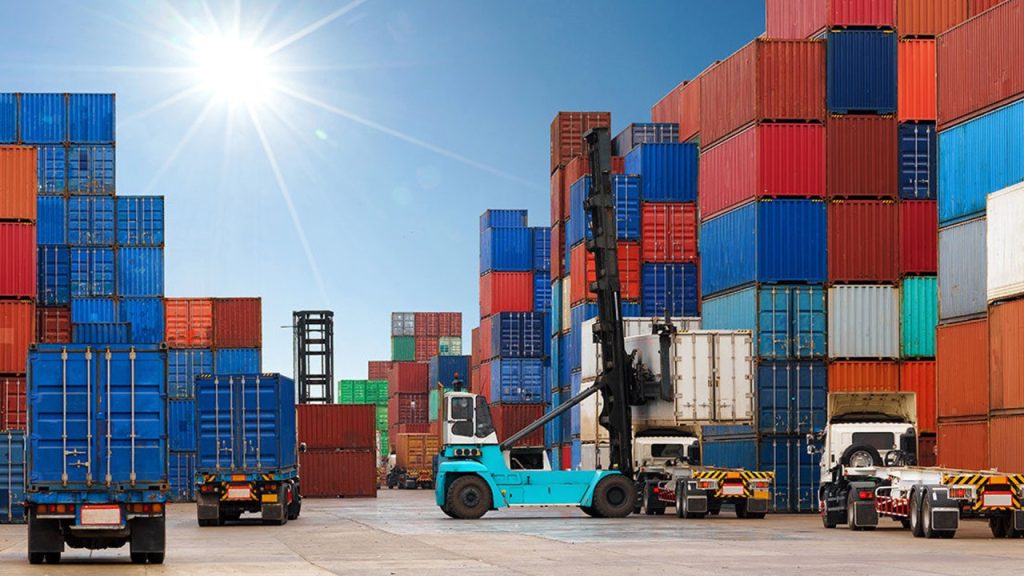Sustainability in Focus the Future of Wood Pulp Shipping
As global demand for sustainable materials continues to rise, the wood pulp shipping industry finds itself at a pivotal juncture. Wood pulp, primarily derived from trees, serves as a key raw material in the production of paper, textiles, and other bio products. However, the environmental impact of its production and transportation has raised concerns, prompting the industry to innovate and adapt to meet sustainability goals. The future of wood pulp shipping hinges on several critical factors, including sourcing practices, transportation methods, and technological advancements. Sustainable sourcing is paramount; it involves ensuring that wood is harvested responsibly from well-managed forests. Certification schemes such as the Forest Stewardship Council FSC and the Programmed for the Endorsement of Forest Certification PEFC play a vital role in promoting responsible forestry practices. These certifications help assure consumers that the wood pulp they are using comes from sustainable sources, thus encouraging more environmentally friendly practices in the industry.

Transportation also represents a significant aspect of the sustainability conversation. Shipping wood pulp typically involves long-distance transport, which can contribute to greenhouse gas emissions. To mitigate this impact, companies are increasingly turning to more eco-friendly shipping methods. Innovations in shipping technology, Container shipping for forest products such as the development of wind-assisted propulsion systems and the use of biofuels, are making it possible to reduce emissions associated with traditional fossil fuels. Moreover, investing in energy-efficient vessels can lower the carbon footprint of transporting wood pulp, aligning shipping practices with global sustainability targets. In addition to improved sourcing and transportation methods, the wood pulp industry is leveraging technological advancements to enhance efficiency and sustainability. Automation and digital technologies can optimize supply chain management, reducing waste and ensuring that resources are used more effectively. For instance, advanced tracking systems enable companies to monitor shipments in real-time, minimizing delays and improving logistics. Furthermore, innovations in pulping technologies can lead to higher yields from raw materials, reducing the overall demand for wood and preserving forest ecosystems.
Collaboration among stakeholders is also essential for driving sustainability in wood pulp shipping. This includes partnerships between producers, shipping companies, and environmental organizations to establish best practices and promote sustainable policies. By working together, these stakeholders can create a more resilient and environmentally responsible supply chain. The future of wood pulp shipping is intertwined with the principles of sustainability. By adopting responsible sourcing practices, utilizing eco-friendly transportation methods, and embracing technological advancements, the industry can significantly reduce its environmental impact. As consumers increasingly demand sustainable products, the wood pulp shipping sector has a unique opportunity to lead the way toward a more sustainable and responsible future, benefitting both the planet and its inhabitants.